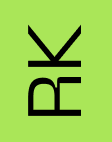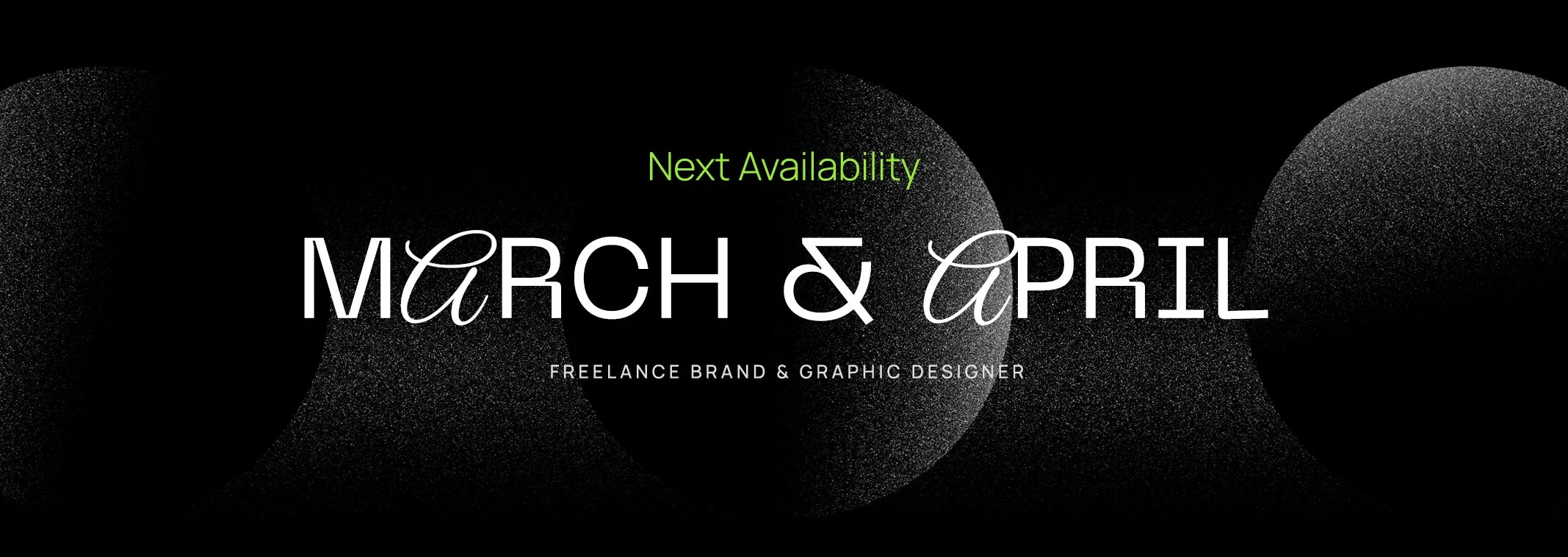LINKEDIN FOR DESIGNERS – IS IT WORTH IT?
Author:
Rosa Koolhoven
Date:
April 21, 2024
Published on:
vanschneider.com
As I’m sure you’re aware, LinkedIn is the number one business network platform out there. Even though it’s highly valued, not everyone is comfortable using it, especially designers. Some don’t see the benefits, other just don’t want another social network to to keep up with.
This article was first published on D E S K - the well known design blog of the awesome Tobias van Schneider.
And yes, I know, we designers love to make fun of LinkedIn. But if you’re a fresh freelancer looking for work, LinkedIn can do wonders for your career.
First, some LinkedIn tips
Don’t add random people you haven’t worked or interacted with just because they look interesting. LinkedIn isn’t like Twitter or Instagram where you can just follow anyone. If you do this too often, people might hit the Spam or "I don’t know this person" button, and you will be sent to the LinkedIn bench with a red card.
If you do want to add someone to your network who you haven’t met yet, always leave them a personalized connection request. Nothing is more annoying on LinkedIn than getting random requests from people who you’ve never met without an explanation. Just a friendly note with your reason for connecting will be just fine.
Create a personal LinkedIn URL. In your profile you can change your LinkedIn URL easily by editing it in your profile. It will help people find you better via Google search, as LinkedIn is high on their ranking system. I use my personalized LinkedIn URL in my email signature, so it’s easy for people to connect.
Have a strong, descriptive headline with good keywords as these will also show up in the Google search results. It is especially important for freelancers to think about the keywords you use. Don’t write "Brand Strategy" but write "Brand Strategist" – people who have work to hand out will search for the latter.
Keep it visual. If you have visual examples of your work, add them to your profile. If you have updates to share, use visuals to stand out in the homepage feed. If it’s a blog post, an interesting article or just an update that you are looking for work, make it visual!
How to find freelance work on LinkedIn as a designer
Users with complete profiles are 40 times more likely to receive opportunities through LinkedIn. So once your profile is complete, you can start using LinkedIn to find that next freelance job.
1. Build your network, start with friends, family and previous clients
Networking is still the number one way to find new job opportunities. People like to hire people through recommendations. Most of my work comes through friends, family or old client connections. So add anyone you know, from your former boss, to your sister's husband, to your landlord, dentist or personal trainer.
Networking is a word that not many creatives like to use. They think it’s about self-promotion and false interest. I don’t see it that way. If I’m passionate about what I do, I like to share my story with people. At a birthday party, I once got a freelance job by talking to my uncle's business partner. We connected on LinkedIn, and the next week we met up for a coffee. It’s good to know how LinkedIn fits in that gap between Instagram and Twitter. I’m not going to add my uncle's business partner on Instagram, and most businessmen are not on Twitter. LinkedIn has over 800 million users, and 59% of these users don't use Twitter.
I know what you are going to say: Why not send a simple email or make a phone call? See my next point.
2. Be on people's radar and create shareable content
Don’t only go on LinkedIn when you need work. It is all about being and staying noticed. I have one creative connection on my LinkedIn who posts a little update every week about the project he is working on, which agency he is at and if or when he is available again. Less than 40% of LinkedIn users log in daily, so it doesn’t matter if you share the same status more than once. If the same people do see your status more often, you will be one of the first on their minds when they are looking for a designer.
When I moved to Amsterdam, I used LinkedIn to get my job-hunting message out. I created a visual with a bold text, and I asked my connections to share it with their contacts. Even if they just liked my post, their connections were able to see my update. I shared this visual multiple times and it got me a few new connections that eventually led to new freelance jobs. Nobody will know that you are looking for work if you don’t tell them. And even if you’re not looking for work, your new dream project could be right around the corner at any time.
3. Follow recruiters, creative companies and design studios
Just like on Instagram, companies can have their own profile page on LinkedIn that you can follow. Find the companies you would like to do freelance work for and interact with them when they post interesting updates.
I follow quite a lot of companies on LinkedIn and I see multiple freelance jobs passing by every day. Even if it’s not interesting to you, keep your eye out for other people. Do you see something that might be interesting for a friend? Tag them in it. I once helped a fellow freelancer get a great job at a top agency in London. First of all, it was a good feeling to be able to help someone out. But secondly, a few months later, this same person put me in contact with one of his connections in return. It landed me a freelance job for a few months. Just an example of how a small gesture, (simply tagging someone on LinkedIn) can lead to more work.
4. Use the search function and sign up for job-listing emails
LinkedIn has a very good job search function which you should make use of. You can set filters on Location, Job Function, Industry, Experience Level and Time Posted. You can even add Freelance to the Title section. It will remember your filters and show you updates for potential matches in your feed. With every job alert, it shows which of your connections can help you get an introduction (someone who knows someone). You can also set up automated searches that will be delivered to you in an email every week.
Sometimes the jobs on here are for full-time positions. This can still be very useful; not only will it give you a nice overview of companies looking for talent but it is especially handy if you just moved to a new city and are looking to extend your list of potential clients. It’s a great way to see what is going on in the creative industry around you. Use strong keywords in your own profile so that clients who use the search function can find you easily as well.
5. It’s OK to stalk
LinkedIn is maybe the only social network out there that shows who visited your profile (be aware of this, especially when you are stalking your new crush ;). You can use this to your advantage. If you want to connect with a person you can first visit their profile a few times. They will see you pop up on their Profile Views list. Sometimes they will contact you first. Either way, they have seen your interest. This makes an introduction easier, because you both know you have seen each other's profile and are possibly interested in meeting or working together.
I know that a lot of designers don’t like or even hate using LinkedIn. I get that. It’s full of, well, non-creative people (nothing wrong with that). But this is one of the main things that I find interesting about it. It’s not industry-limited. Sure, many designers prefer Behance, Dribbble or Instagram to promote their work. But these platforms are very focused on making connections WITHIN our field. And not everyone who needs a good designer has knowledge of these platforms. My uncle’s business partner (who, remember, isn’t on Twitter) definitely doesn’t know about Dribbble.
LinkedIn shouldn’t be your only tool to generate new business, but it can definitely be one of them. It might be often seen as “uncool” in the design industry, but that doesn’t mean it can’t be a step to your next client or dream project.
Thanks for reading!
Cheers!
Rosa



